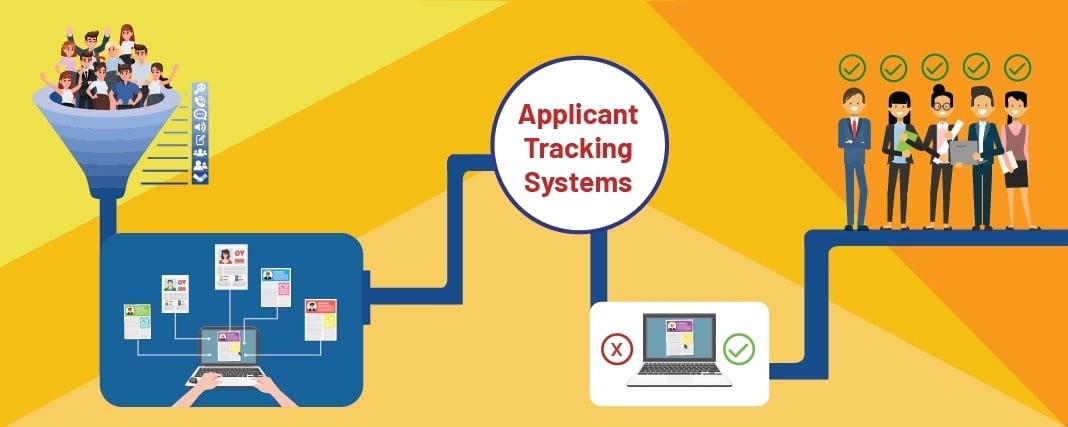Employee training and development is a critical aspect of any successful organization. Providing employees with opportunities to learn new skills, develop their existing skills, and stay up-to-date on industry trends can help businesses stay competitive. However, there is no one-size-fits-all approach to employee training and development. In this article, we will discuss two different approaches to employee training and development: mentorship and e-learning.
See Also: The Importance of Customer Experience in Retail
Mentorship
Mentorship is a traditional approach to employee training and development. It involves pairing employees with experienced mentors who can provide guidance, advice, and support. Mentors can be senior employees within the organization or external experts in the industry.
Benefits of mentorship:
- Personalized guidance: Mentors can provide individualized guidance and support to employees based on their specific needs and goals.
- Networking opportunities: Mentors can help employees build their professional network by introducing them to other professionals in the industry.
- Knowledge transfer: Mentors can share their expertise and knowledge with employees, helping them develop new skills and deepen their understanding of the industry.
Challenges of mentorship:
- Limited scalability: Mentorship programs can be challenging to scale, as each mentor can only work with a limited number of mentees at a time.
- Time and resource-intensive: Mentorship programs require a significant investment of time and resources from both the mentor and mentee.
- Potential for bias: Mentors may unintentionally show bias towards employees who share similar backgrounds or interests.
E-Learning
It is a modern approach to employee training and development. It involves using digital technology to deliver training programs to employees. E-learning can take many forms, including online courses, webinars, and interactive modules.
Benefits of e-learning:
- Scalability: E-learning programs can be easily scaled to accommodate large numbers of employees, making them a cost-effective option for organizations of all sizes.
- Flexibility: E-learning programs can be accessed at any time and from any location, making them a convenient option for employees who are unable to attend in-person training sessions.
- Analytics and tracking: E-learning programs often include analytics and tracking features that allow organizations to monitor employee progress and identify areas for improvement.
Challenges of e-learning:
- Lack of personalization: E-learning programs may not provide the same level of personalization and individualized support as mentorship programs.
- Technical difficulties: E-learning programs rely on technology, which can sometimes fail or experience technical difficulties, causing frustration for employees.
- Reduced engagement: E-learning programs may be less engaging than in-person training sessions, leading to reduced retention and application of the material.
Choosing the right approach
Ultimately, the best approach to employee training and development will depend on the unique needs and goals of the organization. Some organizations may find that mentorship programs are the most effective way to provide individualized support and guidance. Others may prefer the scalability and convenience of e-learning programs.
It is also worth noting that these approaches are not mutually exclusive. Many organizations combine mentorship and e-learning to create a hybrid training program that offers the best of both worlds. For example, employees may participate in e-learning modules to gain foundational knowledge and skills and then work with a mentor to apply that knowledge to their specific role within the organization.
In conclusion, both mentorship and e-learning are viable approaches to employee training and development, each with its own unique benefits and challenges. By considering the needs and goals of their organization and employees, businesses can choose the approach that is best suited to their unique circumstances and create a training and development program that helps their employees grow and thrive.



















